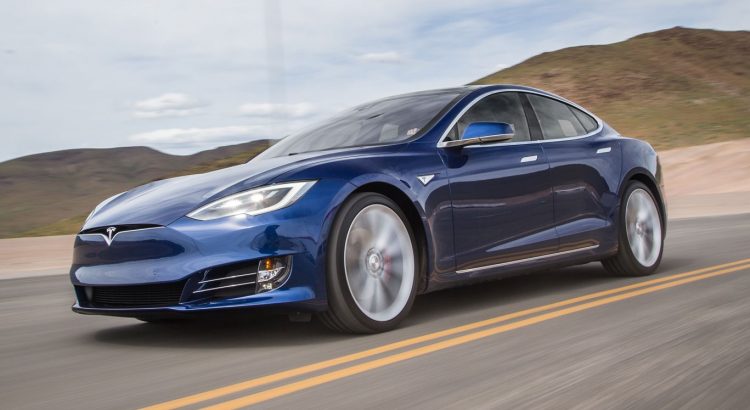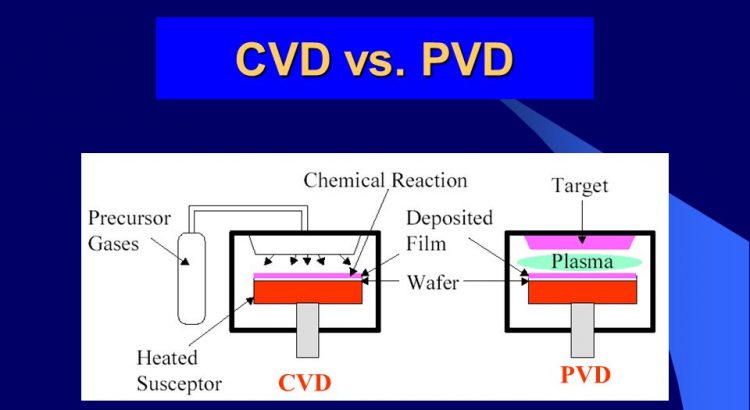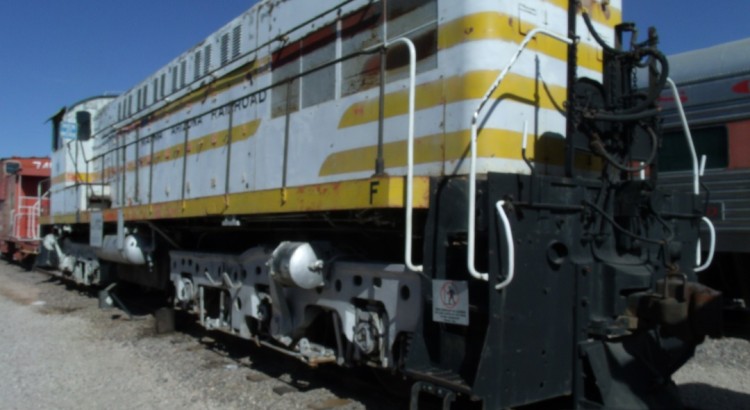Article written by Technology Innovations
The issue with the current crop of smart home products is that very few of them work together. Every manufacturer has a vision of the Internet of things that is usually incompatible with a competitor. What’s worse is when a company is acquired, and their product line is removed with little notice. This is why it’s a good idea to assemble home automation equipment that is as cheap as possible and has some connectivity to others. This way the investment is limited. Let’s look at how we can set up a voice controlled home satisfying that criteria:
The first step is to get a voice interface. There are only two real choices here: the Amazon Echo and Google Home. When looking at the Echo, choose either the Echo Dot or the main Echo device. Both of these will work with the majority of home automation gear.
The next step is to set up control of lighting, air conditioners, etc. There are two approaches here, control the bulbs or control the switches. In a home with more than one occupant, it is wiser to go the switch route to prevent confusion. There are several affordable solutions by Asian tech companies to control switches and IR devices.
The third is to establish control from the voice interface. This is the tricky part. Most of the above devices required an Android device or third party software to act a bridge. Look for guides on support for these platforms before purchasing.
That is all you need to get started. From this point, all you need to do is find other elements of the home to control and see what hardware is required.





